Fusion drones: robot technicians for nuclear devices Understand article
Repairing a fusion device can be challenging for humans. Drones may be the answer.
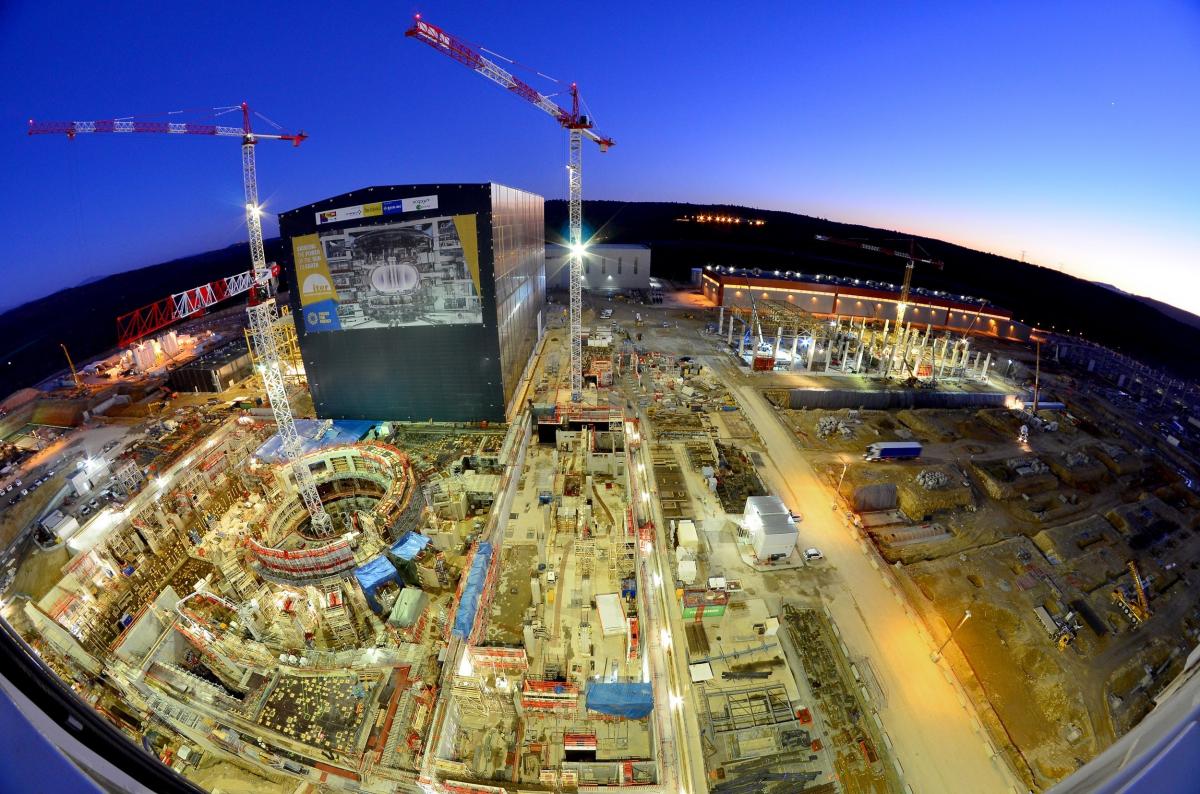
Image courtesy of ITER
Organization
Few places are too dangerous, dirty or difficult to access with unmanned aerial vehicles, known as drones. Resembling mini helicopters, drones were developed primarily for military use, but they soon found their way into civilian environments. Aerial photography, traffic surveillance and environmental monitoring are just a few examples of where drones are already in use, acting as our eyes and ears. Their potential applications are quickly expanding, and, by the looks of it, drones have a bright future in fusion research.
The physics of fusion
Nuclear fusion is the process that powers our Sun and stars. It occurs when atoms of lighter elements, such as hydrogen, fuse to form heavier elements, such as helium, releasing large amounts of energy in the process. Fusion researchers replicate the process here on Earth using fusion devices such as tokamaks and stellarators. The most efficient fusion fuel is a mixture of deuterium and tritium.
Because fusion relies on the nuclei of atoms colliding, the first requirement is to expose the nuclei by removing the atoms’ outer layers, their electrons. This is done with heat and electric fields: the atoms get hot and shed their electrons, creating a plasma – a ‘soup’ of positively charged nuclei and negatively charged electrons. Similarly charged particles repel each other, but this can be overcome by colliding the nuclei at high speed, which is achieved by heating the plasma to more than 100 million degrees Celsius. As the plasma gets hotter, nuclei start to collide at high speeds and a small fraction of them stick together, releasing a large amount of energy.
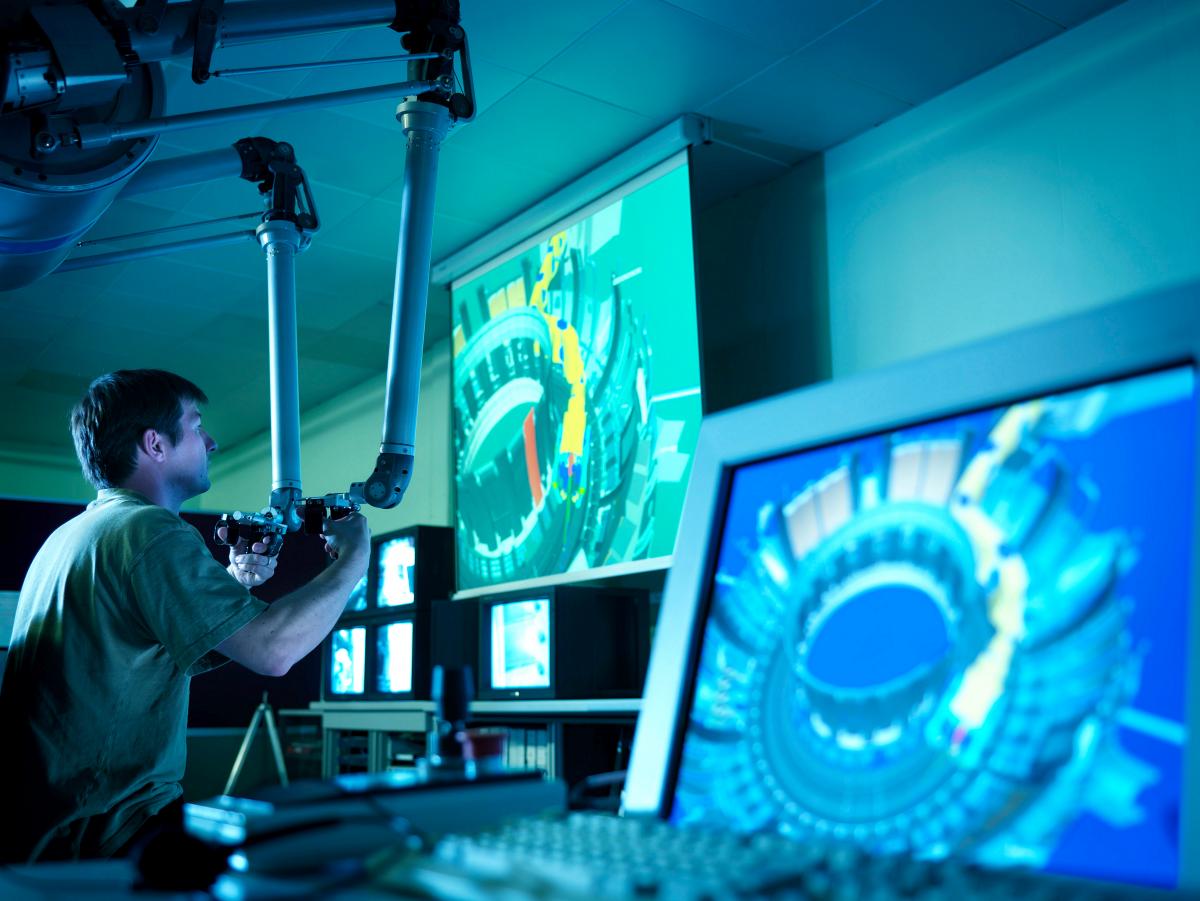
Image courtesy of CCFE
A helping hand
Once harnessed, fusion has the potential to provide abundant, carbon dioxide–free energy to the world. But fusion energy is not easy to achieve – fusion devices are complex machines requiring carefully controlled conditions and regular maintenance, with many corners being hard to reach.
The inside of a fusion device is extremely delicate, and the intricate geometry makes it difficult for humans to manoeuvre. Any damage to the device could mean millions of euros worth of repairs and loss of experimental time. For this reason, fusion research is no stranger to remote-controlled technology and robotic devices. The best-known technology in the fusion community is ‘remote handling’, used at EUROfusion’s JET tokamakw1, currently the largest fusion device in the world. In remote handling, operators control robotic arms to carry out maintenance tasks inside areas of the tokamak that are difficult or impossible for humans to reach.
Robotic devices are also used outside the fusion reactors. At ITER, the biggest fusion experiment currently under construction in Cadarache, France, drones fitted with real-time 3D mapping technologies give fusion researchers detailed images of the reactors and allow for inspection on site – with the added bonus of taking some beautiful aerial photographs.
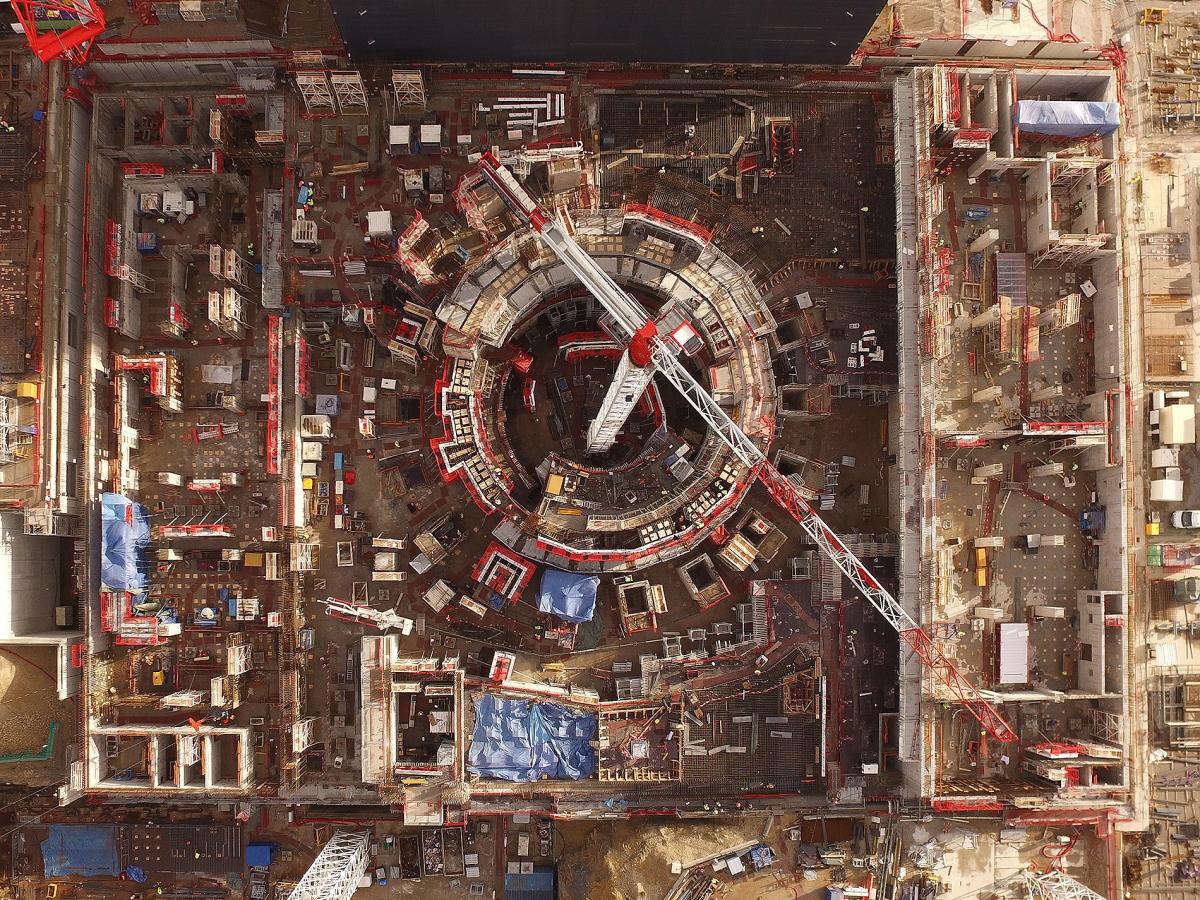
Image courtesy of ITER Organization / EJF Riche
Robotic teammates
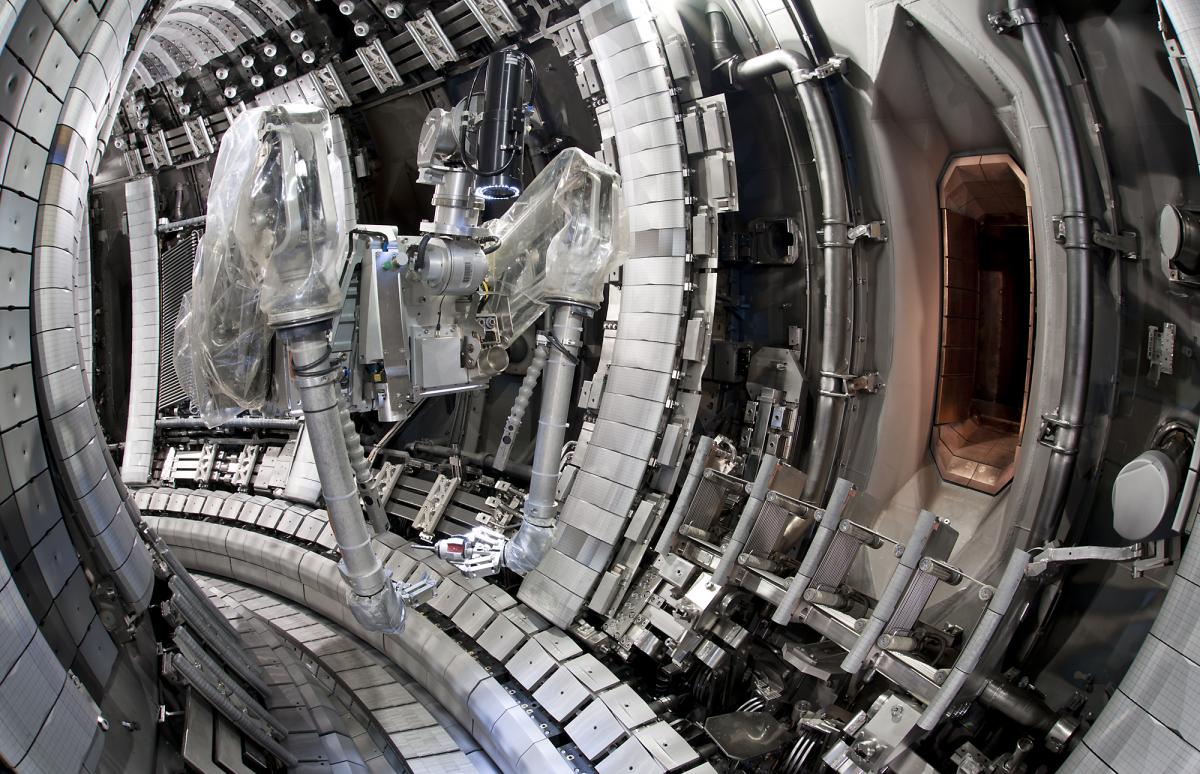
vacuum vessel with remote
handling gripper
Image courtesy of EUROfusion
Antony Loving, head of JET’s remote handling group, thinks there is certainly a place for drones in fusion research. “A fusion device has many spaces where access is restricted, either through the complexity of the plant or the environmental conditions”, he says. “I could imagine a day when a drone might carry small inspection and maintenance tools to a place of work well inside the fusion tokamak structures and autonomously undertake maintenance tasks.”
In fact, a team at the Remote Applications in Challenging Environments Centre (RACE)w2 at the Culham Centre for Fusion Energy, UK, is doing exactly that. “The primary use of a drone is to put your eyes in the right place – to collect the best possible visual (and other) data without having all the wires”, says Rob Buckingham, director of RACE. “But, it’s not great if we have to have one drone operator for every drone”, he says. And that is why Rob’s team is working on developing drones that can operate autonomously. “It seems likely that we will move from remote operations to remote oversight with increasing levels of autonomy being used to improve the efficiency of [future fusion] plants”, he says.
Richard Kembleton, EUROfusion’s socioeconomic studies coordinator, takes this idea even further. “Drones are only one potential technology for getting into these spaces. Robots that crawl or walk could also be useful.” If drones and robots can work together inside a fusion device, we might well see a team of autonomous drone-robot inspectors and maintenance workers.
The grand challenge
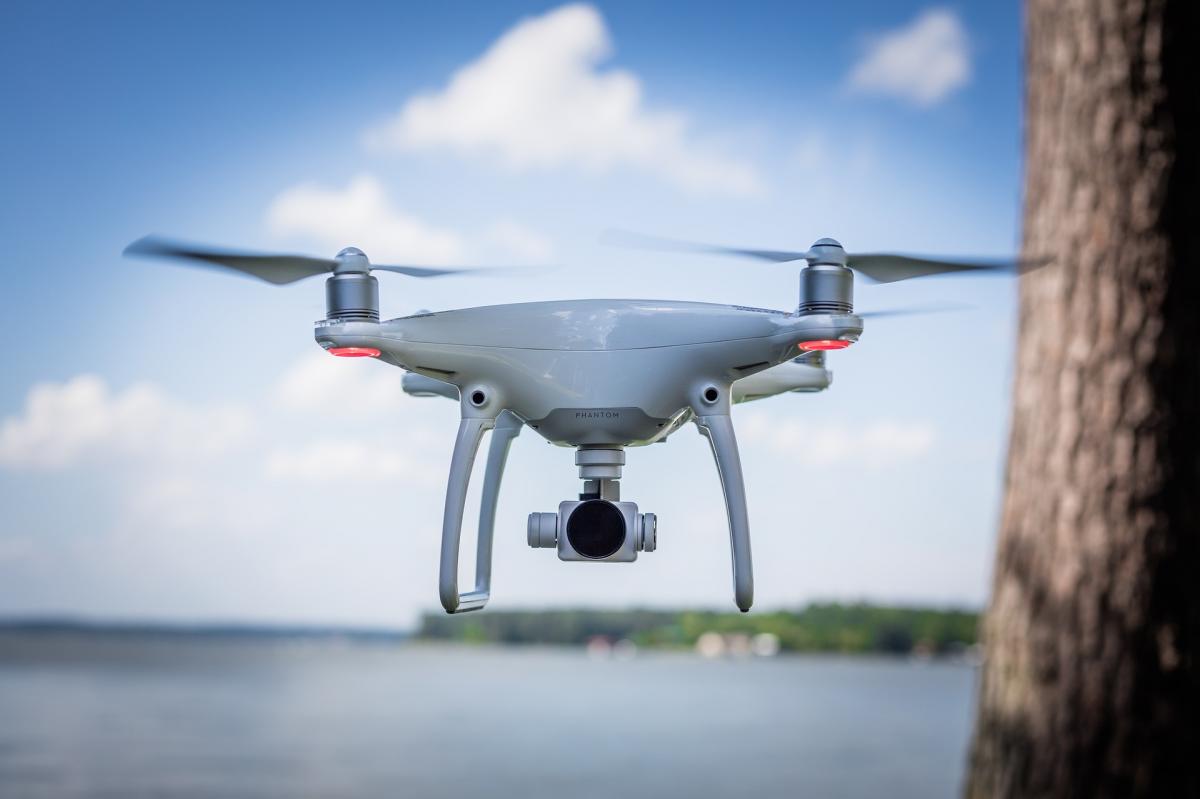
aerial photography is about
35 cm across.
Public domain image; image
source: Pixabay
The path to using drones inside fusion reactors is not without its challenges. “In normal operation, a power-producing fusion reactor would be too radioactive inside for complex electronics”, says Richard. “The aftermath of the [fusion] reaction leaves a gamma-ray ‘bath’ which fairly rapidly degrades the electronics, such as the ones used in drones.” The radioactivity inside a fusion reactor is much less than that of a fission reactor and almost never escapes the fusion vessel, but it is sufficient to destroy the drone inside the vessel. “Current drone technology relies heavily on on-board electronics, which would need to be hardened against radiation”, says Antony.
At RACE, researchers are working on overcoming these obstacles. “One of the things we are doing is working with NIST [the US National Institute for Standards and Technology] on creating standardised tests for robotics. We now have three test environments, including one called ‘aviary’. As you can imagine, this one is to test drones”, says Rob. “We are expecting to first trial drones in this test area before moving onto the in-vessel test facility, and ultimately in JET itself”, he says, but points out that the road to carrying out tests inside the vessel is still long.
“Of course, every drone researcher would love to be the first to fly a drone inside JET”, says Rob. “And therein lies another beauty of fusion. Not only will fusion solve humanity’s insatiable desire for energy, but we can rightfully claim to be one of the coolest places on the planet to work… robotics and fusion is a pretty exhilarating mix for us nerdy types!”
Web References
- w1 – EUROfusion manages and funds European fusion research activities, with the aim to realise fusion electricity by 2050. The consortium comprises 30 members from 26 European Union countries as well as Switzerland and Ukraine.
- w2 – The Remote Applications in Challenging Environments Centre (RACE) is part of the UK Atomic Energy Authority, which manages the JET fusion project on behalf of the European Union.
Resources
- To learn more about drones and fusion reactors, see the BBC Future article ‘The repair crew that can go where no human can’.
- For an example of two 6 m long robot arms replacing a tile inside a fusion reactor, watch a video from the EUROfusion website.
Institutions
Review
This is an immediately engaging and well-structured article that sparks the imagination and gives a sense of ‘anything is possible’. It inspires the reader and makes them consider the future of physics and engineering.
The topic of fusion often has limited resources in a school setting, so this article is particularly useful and could be used as a comprehension exercise or within a discussion.
Key areas that could be considered include:
- Relate the conditions for fusion to the difficulty of making a practical and economic form of power station.
- Explain the precautions taken to ensure the safety of people exposed to radiation, including limiting their dose.
- Consider the social-science implications of robots performing large amounts of work currently carried out by humans – particularly the impact this could have on jobs. Students could look at the benefits and drawbacks of increasing autonomy to increase efficiency.
- Design a drone that needs special features to protect it from the high levels of radiation present inside a tokamak.
Seren Essex, Bodmin College, UK





